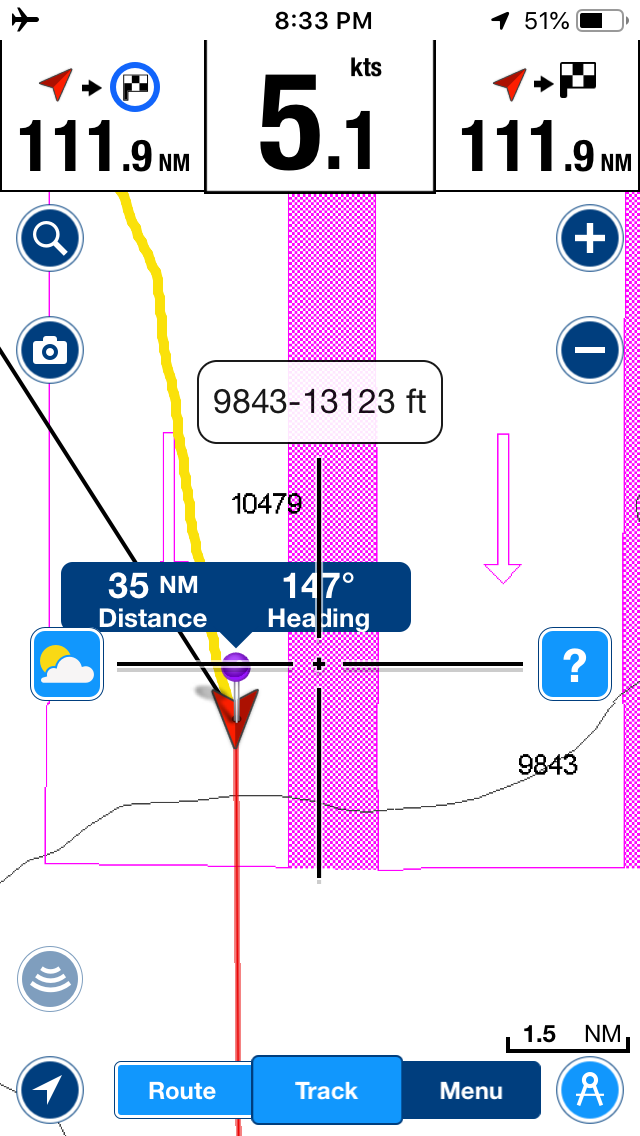July 1, 2019 and we finally see land, even better, we TOUCH land!
Our last day at sea was incredible! The wind was behind us and slowly building allowing us to sail incredibly quickly in the still relatively calm seas. Without the waves stealing our movement in an up and down direction, all of our speed can be spent shooting forward at great numbers (for our boat).
With the weather system North of us and approaching, we were trying to outrun the clock. and make it into port before the weather got really nasty! Normally, when we see a system like that on the horizon, we drop the working sails and raise the storm sails. Then we sit and wait and when the storm finally makes its way to us, we are ready. The storm rages and then passes on by with us comfortably floating in the ocean. The thing that was different is we were very close to land at this point and reasonably able to make it to port before that storm system reached us!
For this reason and this reason alone, we did not reef. We actually remained full sail well past the time that we would normally have had those sails up. The old expression of “Fly as much sail downwind as you would be willing to fly if you were going upwind” was being grossly ignored.
The idea is if you are in 25 knots of wind and moving at 5 knots, if you are going down wind the apparent wind will be 20 knots but if you are going upwind the apparent wind will be 30 knots. There is a huge difference between 20 and 30 knots and therefore a huge difference in the sails you would be flying for these two conditions.
We kept the sails up for as long as we felt was stupid to keep them up until I had the main eased all the way and were still overpowered while on a run. I went forward and tucked in two reefs with a full belly and a loose outhaul to keep the speed up along with the control of the boat. When running downwind with the mainsail far out, the boom acts as a lever arm trying to turn the boat to windward. Reefing helps alleviate this issue as the sail becomes smaller and closer to the middle of the boat instead of out on the end of the boom.
We screamed along in the calm following sea, watching the waves slowly build as we scooted our way towards shore in preparation for our arrival. When we finally got there, the tide was just beginning to fall and the winds were light in the marina. We were able to sail in through the breakwater and come into the marina under sail. We lowered the sails at the last possible moment and used our electric motor to bring the boat into her slip.
Our long voyage across the North Atlantic Ocean is now complete! We made it!














